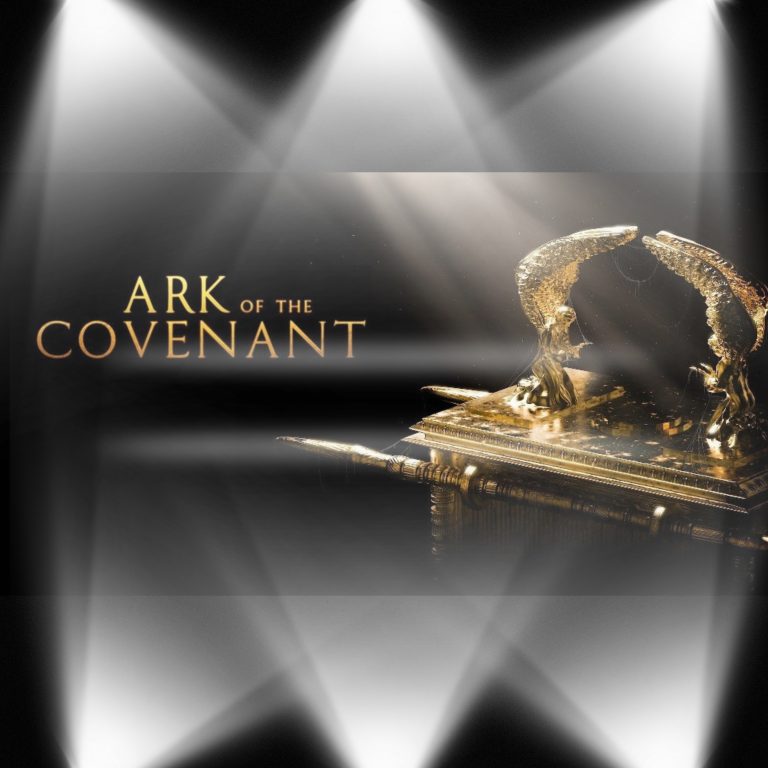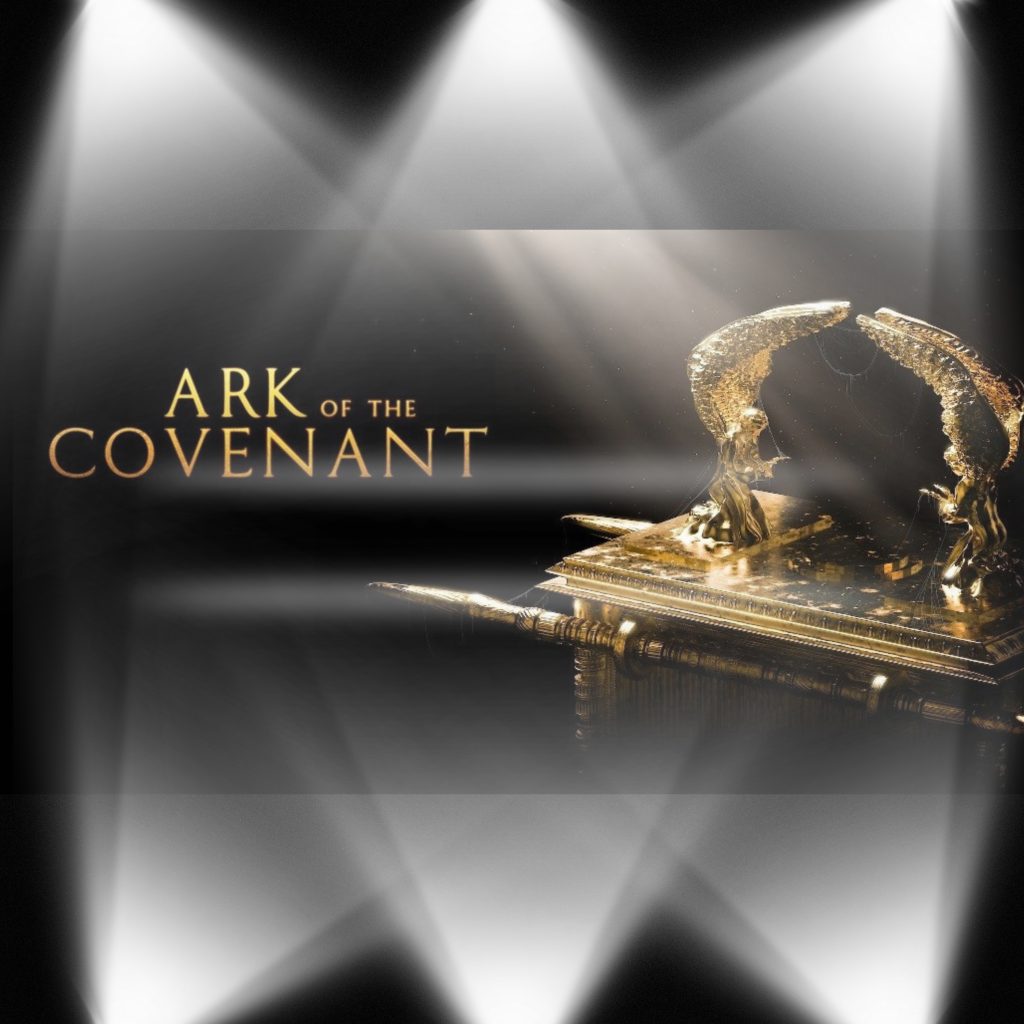
This show will get to the bottom of all those questions you need answers to. Each week we will cover a topic that has been left out in the public square unattended and covered with questions from the “official story” You will be able to determine on this show if the topic has been deemed a “Conspiracy” or a “Conspiracy Theory”.
The Ark of the Covenant, also known as the Ark of the Testimony, is a gold-covered wooden chest with lid cover described in the Book of Exodus as containing the two stone tablets of the Ten Commandments. According to various texts within the Bible, it also contained Aaron's rod and a pot of manna. Historically, it was venerated by the ancient Israelites and was carried by priests during their 40 years of wandering in the desert. Today's show aims to provide a comprehensive examination of the Ark of the Covenant, combining historical, archaeological, and religious perspectives. By exploring the artifact's biblical context, historical mentions, and the quest for its physical existence, this paper contributes to a deeper understanding of the Ark's significance in religious traditions and its potential historical implications.
Website – http://www.bottomofthat.com
Instagram – https://www.instagram.com/bottomofthat
Facebook – https://www.facebook.com/bottomofthat
X – https://twitter.com/bottomofthat
TikTok – https://www.tiktok.com/@bottomofthat
Rumble – https://rumble.com/c/c-1875987
Bitchute – https://www.bitchute.com/channel/TAIftfmNde4J
Email – truth@bottomofthat.com

Unlocking the Mysteries of the Ark of the Covenant: A Journey into History and Legend
In the annals of ancient relics, few captivate the imagination quite like the Ark of the Covenant. This enigmatic artifact, shrouded in mystery and steeped in legend, has fascinated scholars, theologians, and adventurers for centuries. From its origins in biblical narratives to its purported powers and eventual disappearance from historical record, the Ark’s story is as captivating as it is elusive.

A Biblical Marvel:
First mentioned in the Book of Exodus, the Ark of the Covenant is described as a sacred container built by the Israelites at the command of God. Crafted from acacia wood and overlaid with gold, it was designed to house the stone tablets inscribed with the Ten Commandments received by Moses on Mount Sinai. According to biblical accounts, the Ark served as a tangible symbol of God’s presence among the Israelites, accompanying them during their wanderings in the wilderness and later housed in the Holy of Holies within the Tabernacle and, later, the Temple in Jerusalem.
Legendary Powers:
Beyond its role as a repository for the tablets of the law, the Ark was believed to possess extraordinary powers. According to scripture, its presence instilled fear in enemies and brought divine favor to those who revered it. The Ark’s alleged capabilities included parting the waters of the Jordan River, causing the walls of Jericho to fall, and afflicting adversaries with plagues. Its significance extended beyond the confines of religious ritual, becoming a symbol of Israelite identity and national pride.
Quests and Speculations:
Despite its prominence in biblical accounts, the fate of the Ark of the Covenant remains a subject of speculation and intrigue. According to the Bible, it disappeared from historical record following the Babylonian conquest of Jerusalem in 587 BCE. While some believe it was destroyed or looted during the sacking of the Temple, others speculate that it was hidden away by priests or taken to safety in a distant land.
Pop Culture and Modern Interpretations:
The Ark’s mystique has endured through the ages, permeating popular culture and inspiring countless works of fiction, film, and art. From Steven Spielberg’s blockbuster “Raiders of the Lost Ark” to Dan Brown’s novel “The Lost Symbol,” its legend continues to capture the imagination of storytellers and audiences alike. In recent years, researchers and archaeologists have sought to unravel the truth behind the myth, employing advanced technology and historical analysis to trace the Ark’s possible journey through time.
Conclusion:
The Ark of the Covenant stands as a testament to the enduring power of myth and faith. Whether viewed as a tangible relic of divine intervention or a symbol of cultural identity, its legacy persists, resonating across centuries and continents. While the truth behind its fate may never be fully known, the Ark remains a captivating enigma, inviting us to ponder the mysteries of history and the human quest for meaning. As long as its story endures, the Ark of the Covenant will continue to fascinate and inspire those who dare to unlock its secrets.


